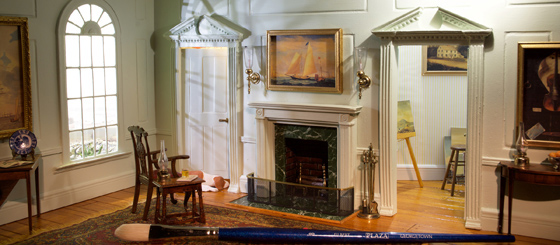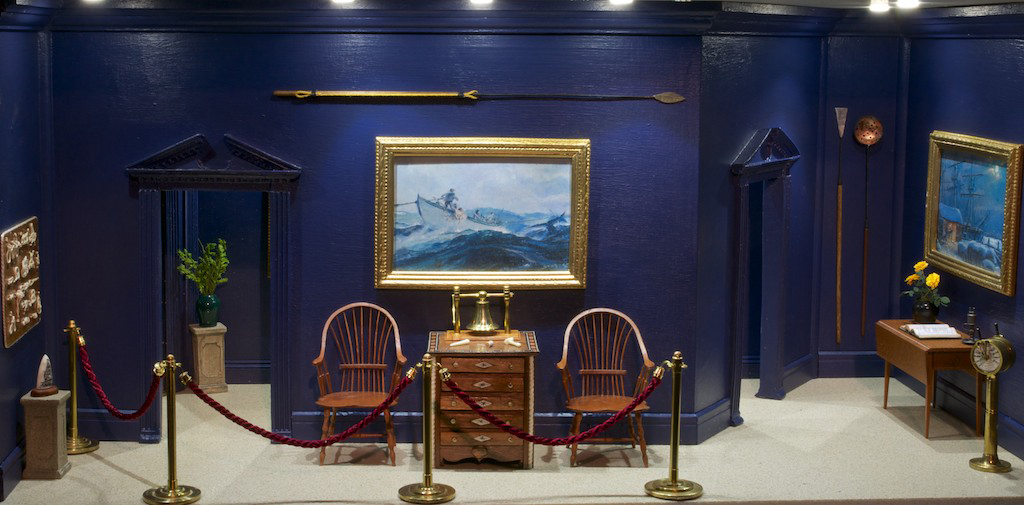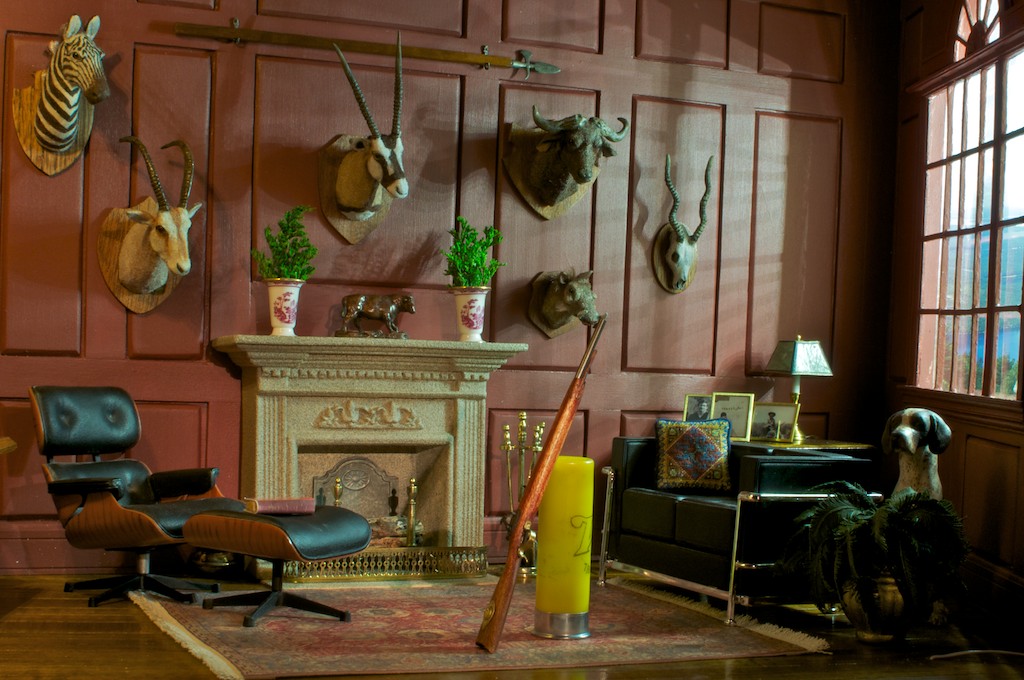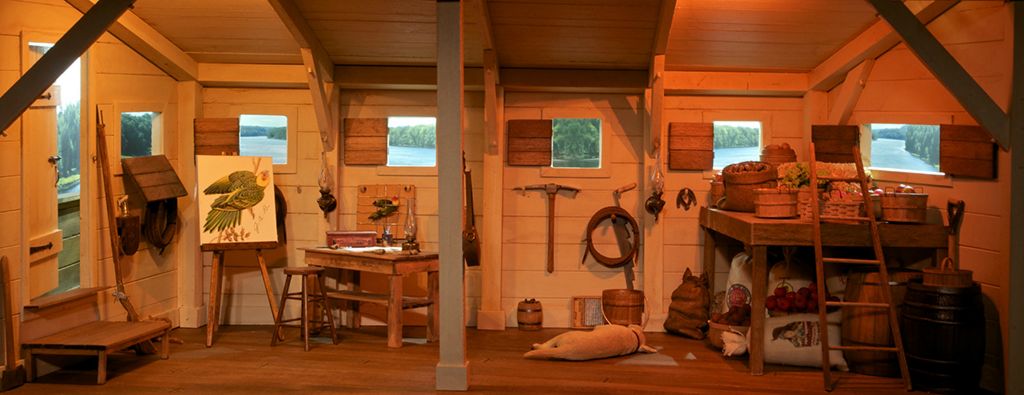Miniature Architecture by Ittyblox
| Facebook | Instagram | Twitter |
 What’s your earliest memory with miniatures?
What’s your earliest memory with miniatures?
That would be as a kid walking through Madurodam, a theme park in the Netherlands with Dutch miniature buildings. You can walk around them and even control some actions like opening a dam and so forth. It’s really great for kids and parents. Kids see the miniatures as big toys, while parents recognize the buildings and are fascinated about how detailed they are.
What are 1-2 pivotal experiences you had with architectural design?
As a kid, I always made buildings with Lego or paper and cardboard. I always thought they were great, but when I was a kid there was no Internet to post them or get inspired by the designs of others. Now, when everyone sees what others make by posting pictures and instructions, I think it’s easier to get inspired by the work of others. Hobbies are easier to get involved in.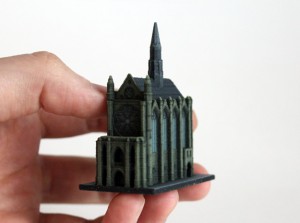
How did you first get started making Ittyblox miniatures?
I started making Ittyblox miniatures after I came across the 3-D printing platform Shapeways. I was 3-D designing for render-purposes during my study in architecture, but when I found out that this software allows you to create physical full color models without all the painting and gluing hassles, I was hooked. I could never get the right amount of detail I wanted in my miniatures, but now with 3-D printing, I could. On Shapeways, I could even sell the prints to others, so other people can grow a collection too without having to make them (either physically or digitally).
 Did you ever work in a larger scale?
Did you ever work in a larger scale?
I have tried different scales, but the 1:1000 scale allows me to make both houses and skyscrapers within the reasonable boundaries of 3-D printing. For instance, the regular railroad scales are nice for villages and farms, but a city would be too big. I only make buildings in the same scale, because they can all be connected with one other. I take a lot of time to make a building; it would not be as satisfying if ittyblox buildings couldn’t be used together.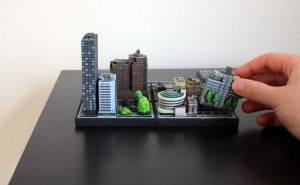
Do you have a favorite building you’d like to mention?
Well, I am currently running a Kickstarter to get three sets of Paris buildings funded. One of them is the Sainte Chapelle. In this Gothic chapel, I really tried to get everything out of the current 3-D printing possibilities. Little details or too thin walls will break, so it is always a choice between printablity and detailing.
What’s the most challenging aspect of your work with Ittyblox?
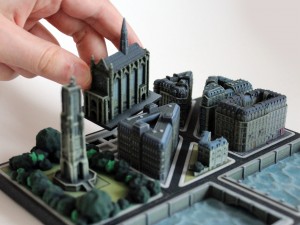 The most challenging is to model buildings within certain technological constraints without making these constraints visible. It’s like building a sand castle: you cannot make thin parts, but you can add detailed reliefs. Details of only .1 mm are visible, but walls have to be 20mm in order to stay intact. The trick is to make buildings not too bulky by adding chimneys that don’t stand out much, and so forth.
The most challenging is to model buildings within certain technological constraints without making these constraints visible. It’s like building a sand castle: you cannot make thin parts, but you can add detailed reliefs. Details of only .1 mm are visible, but walls have to be 20mm in order to stay intact. The trick is to make buildings not too bulky by adding chimneys that don’t stand out much, and so forth.
Ittyblox was created by Stef de Vos of den Bosch, Netherlands. You can have a look at more miniature buildings by checking out the Ittyblox Facebook, Ittyblox Instagram, Ittyblox Twitter and Shapeways store. Support these design efforts on Kickstarter!
